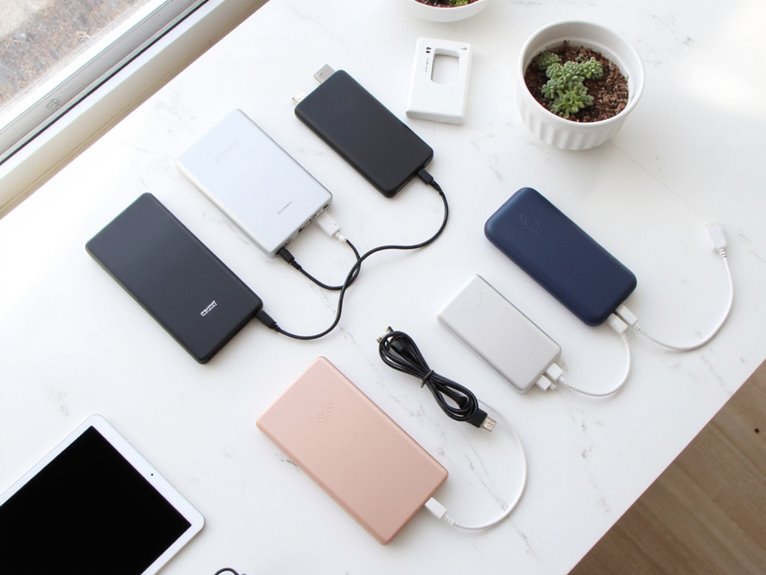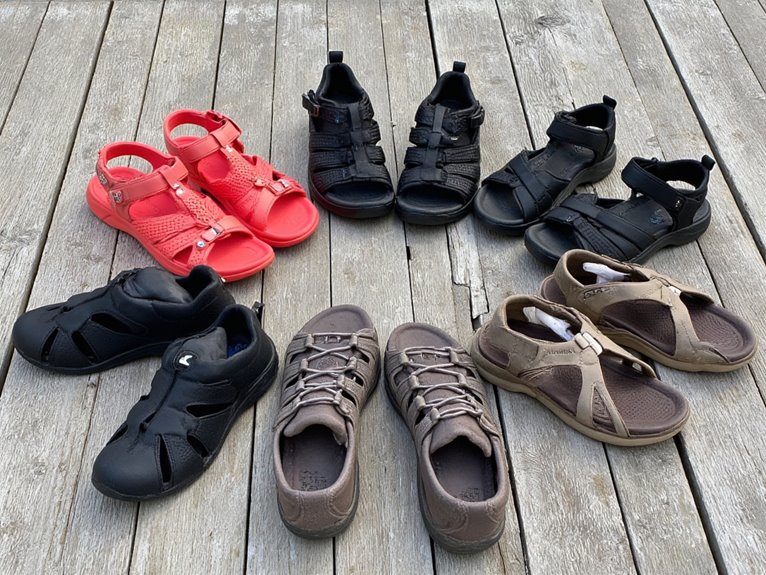Why No Panniers for Bikepacking?
Bikepackers opt out of traditional panniers due to inherent drawbacks. Aerodynamic concerns arise from added bulk, compromising speed and efficiency. Panniers can also compromise bike handling, affecting the overall riding experience. Limited frame and wheel clearance on modern bicycles further restrict pannier design. Innovative carry solutions have emerged to address these concerns, prioritizing weight, aerodynamics, and clearance. By rethinking traditional carry methods, bikepackers can improve performance, safety, and overall experience. Exploring these innovative solutions can reveal the full potential of bikepacking, and uncover the ideal balance of form and function.
We are supported by our audience. When you purchase through links on our site, we may earn an affiliate commission, at no extra cost for you. Learn more. Last update on 28th December 2025 / Images from Amazon Product Advertising API.
Weight and Aerodynamic Concerns
Optimizing pannier design to minimize weight and aerodynamic drag is essential for bikepackers, as even slight reductions in these areas can substantially impact overall performance and efficiency.
A well-designed pannier can substantially reduce air resistance, allowing riders to conserve energy and maintain speed. Lightweight materials and streamlined shapes are vital in achieving this goal.
Additionally, clever packing strategies can help distribute weight evenly, further reducing wind resistance. By prioritizing weight and aerodynamic considerations, bikepackers can enjoy improved handling, increased speed, and heightened overall performance.
Priority on Bike Handling
Beyond aerodynamic considerations, a well-designed pannier must also prioritize bike handling, as even minor compromises in handling can substantially impact the overall riding experience. A pannier that affects the bike's balance, stability, or responsiveness can lead to a frustrating and potentially dangerous ride.
To ensure optimal bike handling, a pannier should:
Maintain a low center of gravity to prevent the bike from feeling top-heavy.
Keep weight evenly distributed to maintain the bike's natural balance.
Avoid obstructing the rider's movement, allowing for comfortable and unimpeded pedaling and cornering.
Minimize interference with suspension and steering, ensuring a smooth and predictable ride.
Limited Frame and Wheel Clearance
Every pannier design must carefully consider the limited frame and wheel clearance of modern bicycles, as inadequate clearance can lead to catastrophic component failure or even accident-inducing entanglements.
The narrow tire profiles and compact frame geometries of modern bikes leave little room for error.
Panniers that are too wide or poorly designed can catch on frame tubes, wheels, or other components, causing costly damage or worse, accidents.
In addition, the increasing popularity of larger tires and wider rims has reduced clearance even further, making it essential for pannier designers to prioritize clearance in their designs.
Moreover, by doing so, riders can enjoy safe and reliable bikepacking experiences.
Accessibility and Ease of Use
Designing panniers with intuitive features and clever storage solutions facilitates effortless gear management, allowing riders to focus on the thrill of bikepacking.
Well-designed panniers should provide easy access to essential items, reducing downtime and increasing overall efficiency.
Key considerations for accessible pannier design include:
Quick-release clips for rapid attachment and detachment
Magnetic closures for secure and easy-open compartments
External pockets for immediate access to frequently used items
Reflective materials for increased visibility in low-light conditions
Aesthetics and Bikepacker Identity
The visual appeal of panniers can heavily influence a bikepacker's sense of identity, as a well-designed set of bags can reflect their personal style and amplify their connection to the sport.
Aesthetically pleasing panniers can make a bikepacker feel more confident and proud of their setup, which can, in turn, elevate their overall experience.
Conversely, ill-designed panniers can detract from a bikepacker's sense of identity and make them feel self-conscious about their gear.
Bikepackers often curate their gear to reflect their personality, and panniers are no exception.
By choosing panniers that align with their personal style, bikepackers can express themselves and connect with like-minded individuals.
In this sense, panniers can be a crucial aspect of a bikepacker's identity.




